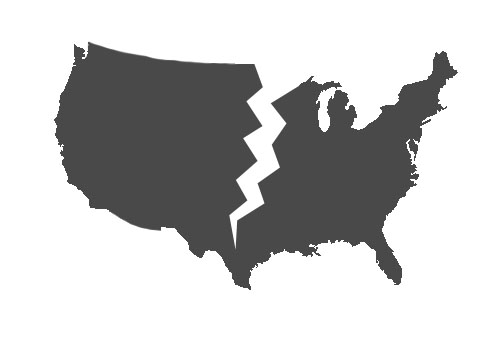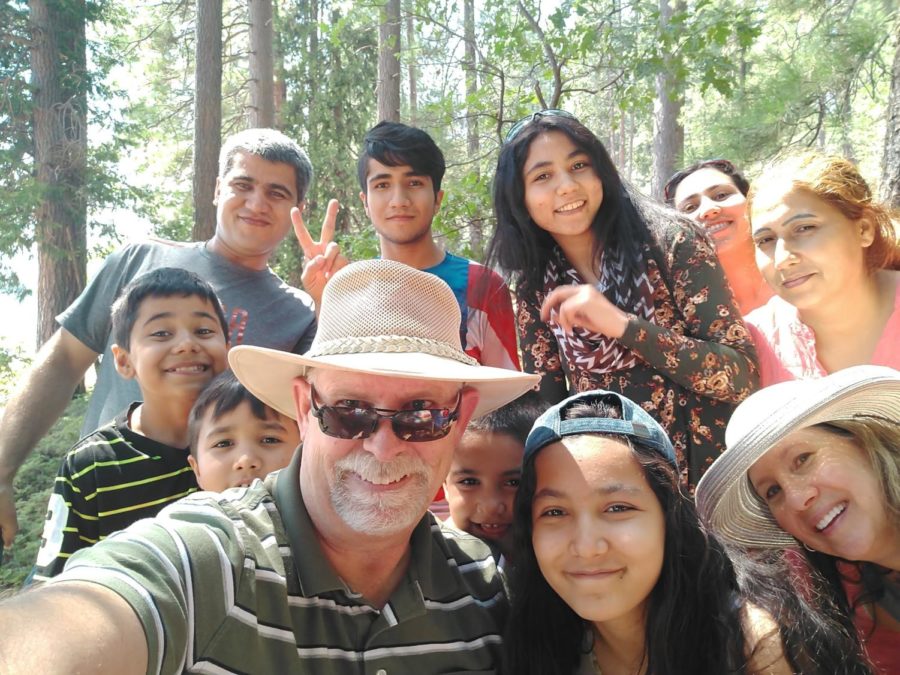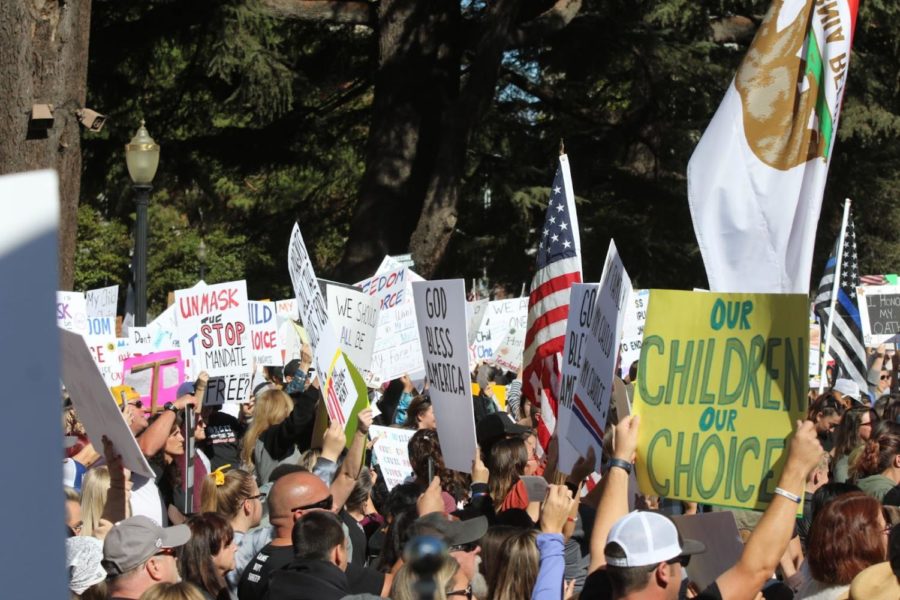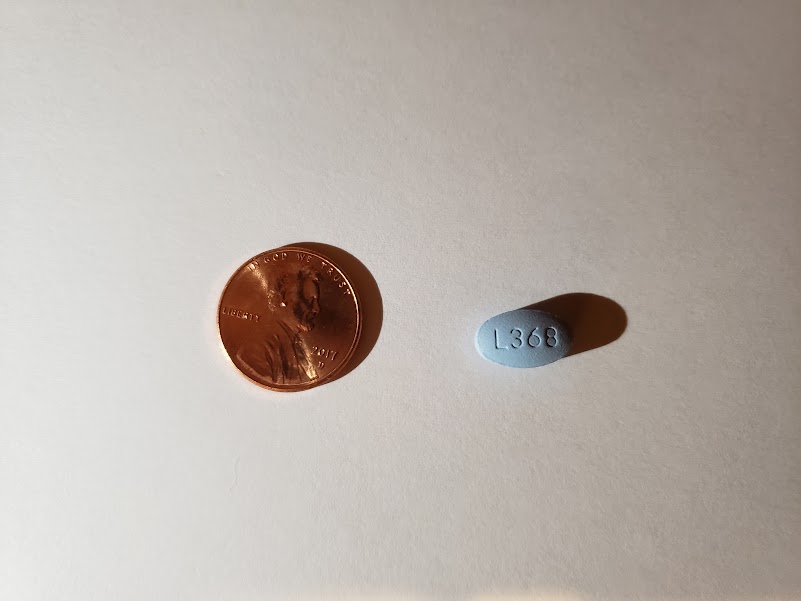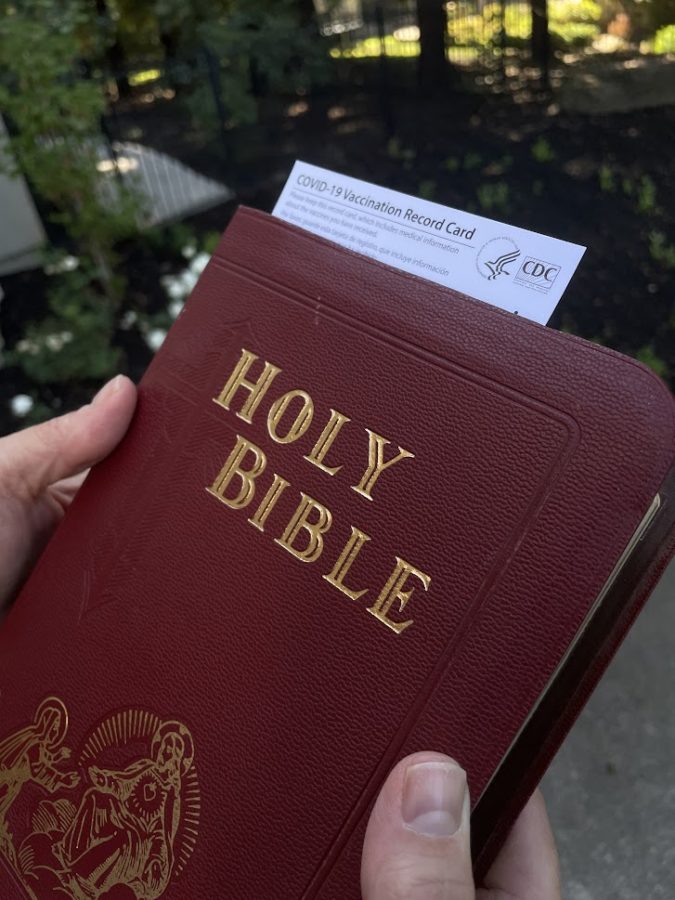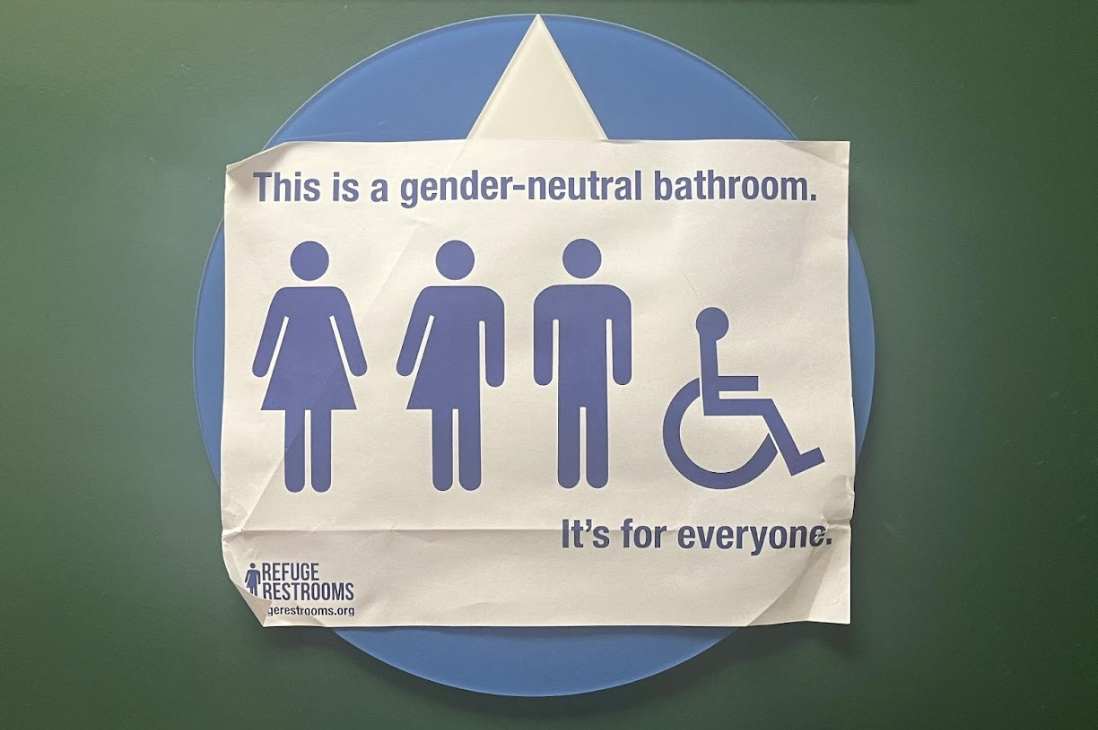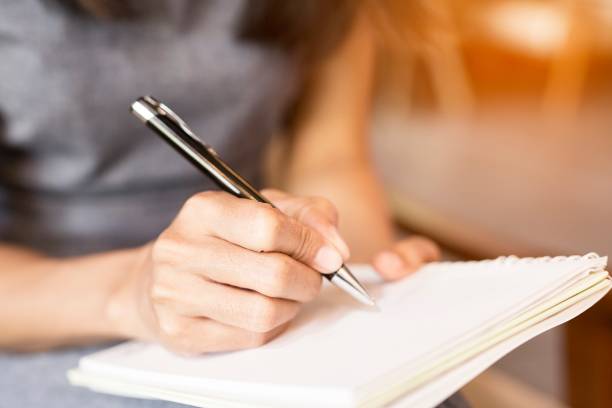In his farewell address to the newly created United States, George Washington famously stated that partisan politics are America’s “worst enemy.” In response, America built its entire political process around a party system.
Unsurprisingly, this was not done to (consciously) spite our first president. Partisanship is ingrained in our culture, dating back to before we crossed the proverbial pond to our future home.
However, anyone who watched the 2016 primaries or has been watching the 2016 presidential debates can see that this election is unlike any other, at least within the last 100 years.
People in this country are visibly divided based on their beliefs, but is this a product of modernity, or is this polarization simply more observable because of factors such as social media?
In a 2014 poll conducted by the pew research center, it was concluded that the number of people in the United States who hold consistently conservative or consistently liberal views more than doubled between 1994 and 2014, from 20 percent to 21 percent.
That same study concluded that 38 percent of Democrats found the Republican party to be “very unfavorable,” up from 16 percent in 1994. Similarly, 48 percent of Republicans found the Democratic party to be “very unfavorable,” up from 17 percent in 1994.
Despite this, there has been marginally less support for both Democratic and Republican candidates this year.
Parker Wilkin, a senior at Granite Bay High School, spoke about why he wouldn’t vote for either of the presidential hopefuls.
“I would likely be voting for Gary Johnson in this election. Both (major) candidates would be choosing between the lesser of two evils, and because one in not so insanely better than the other I would rather try to send a message with my vote” Wilkin said.
Matt Grundy, a GBHS Senior, is also abstaining from a bipartisan vote. He will instead be voting for Green Party candidate Jill Stein.
“The main reason I support her is because the other candidates just don’t appeal to what I think should be done in this country,” Grundy said. “You have Donald Trump who has no experience and is a blabbering idiot, Hillary Clinton who is very corrupt, and Gary Johnson, while I confirm his merits, doesn’t seem educated on the issues.”
Those who are choosing to vote for either Donald Trump or Hillary Clinton often choose so because of a dislike for the other candidate.
“I support Trump because I hate Hillary,” said Satgur Maan, a GBHS senior. “I also feel like Trumps fiscal policies are good for expanding the economy and promoting business growth in America.”
This is a common sentiment among the American public. In a poll conducted by the Wall Street Journal, it was shown that 54 percent of people voting for Trump are doing so to vote against Clinton, and 52 percent of Clinton voters are voting against Trump.
It seems that this division has led the American public to vote not for who they think is best fit to run the country, but antithetical to the candidate they hate the most.
According to Wilking, our increasingly polarized public is becoming so because of a change in social values.
“I believe that socially the country is getting much more sensitive, actually a lot more closed off to other people’s perspectives,” Wilkin said.



